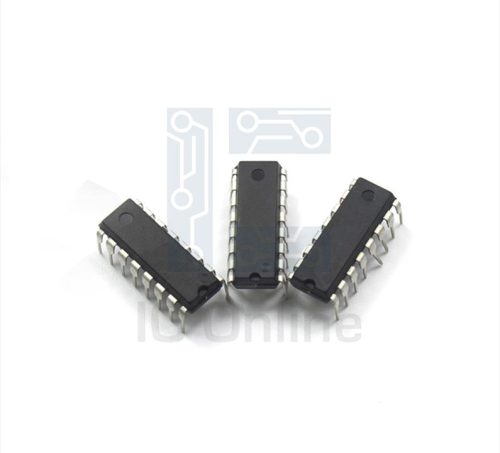MQ2N4091-JFET-NChannel Overview
The MQ2N4091 is a high-performance N-Channel JFET designed for efficient analog switching and signal amplification in industrial and electronic circuits. Featuring low input capacitance and low noise characteristics, this device excels in precision applications requiring minimal signal distortion. Its robust construction supports stable operation over a wide voltage range, making it suitable for demanding environments. Engineers and sourcing specialists will find the MQ2N4091 beneficial for enhancing circuit sensitivity and achieving reliable performance. For detailed specifications and purchasing, visit IC Manufacturer.
MQ2N4091-JFET-NChannel Technical Specifications
| Parameter | Specification |
|---|---|
| Device Type | N-Channel JFET |
| Drain-Source Voltage (VDS) | ??25 V |
| Gate-Source Cutoff Voltage (VGS(off)) | -0.3 V to -3.0 V |
| Drain Current (IDSS) | 2 mA (typical) |
| Input Capacitance (Ciss) | 2 pF (typical) |
| Noise Voltage (en) | 5 nV/??Hz |
| Power Dissipation (PD) | 350 mW |
| Operating Temperature Range | -55??C to +150??C |
| Package Type | TO-92 |
MQ2N4091-JFET-NChannel Key Features
- Low Noise Performance: Ensures minimal signal distortion in sensitive analog circuits, improving overall signal integrity.
- Wide Operating Voltage Range: Supports up to ??25 V drain-source voltage, enabling use in diverse power environments.
- High Input Impedance: Provides excellent signal isolation, reducing loading effects on preceding stages in signal chains.
- Compact TO-92 Package: Facilitates easy integration into space-constrained designs while supporting efficient thermal management.
Typical Applications
- Precision analog signal amplification in sensor interfaces where low noise and high input impedance are critical.
- Analog switching circuits requiring stable operation within ??25 V voltage range.
- Low-level audio frequency preamplifiers benefiting from low input capacitance and noise characteristics.
- Industrial control systems for sensitive signal processing and reliable switching performance.
MQ2N4091-JFET-NChannel Advantages vs Typical Alternatives
This N-Channel JFET offers superior low noise and input capacitance performance compared to typical discrete transistors, enabling enhanced signal fidelity in precision applications. Its robust voltage handling and stable operating temperature range ensure reliable operation under industrial conditions. The compact packaging and consistent electrical parameters provide integration advantages for engineers seeking dependable, high-quality semiconductor devices.
🔥 Best-Selling Products
MQ2N4091-JFET-NChannel Brand Info
The MQ2N4091 is manufactured by a leading semiconductor company specializing in high-quality analog and discrete components. This brand is recognized for rigorous quality control, ensuring each device meets strict electrical and environmental standards. The MQ2N4091 aligns with the company??s commitment to delivering reliable JFETs with consistent performance for industrial and analog signal processing applications worldwide.
FAQ
What is the typical gate-source cutoff voltage for this N-Channel JFET?
The gate-source cutoff voltage (VGS(off)) typically ranges from -0.3 V to -3.0 V, defining the voltage at which the JFET channel fully turns off. This parameter is crucial for designing biasing circuits and ensuring precise control of the transistor??s conduction state.
🌟 Featured Products
-

“Buy MAX9312ECJ+ Precision Voltage Comparator in DIP Package for Reliable Performance”
-

QCC-711-1-MQFN48C-TR-03-1 Bluetooth Audio SoC with MQFN48C Package
-

0339-671-TLM-E Model – High-Performance TLM-E Package for Enhanced Functionality
-

1-1415898-4 Connector Housing, Electrical Wire-to-Board, Receptacle, Packaged
How does the low input capacitance benefit circuit design?
Low input capacitance reduces the loading effect on the preceding signal stage, minimizing signal attenuation and distortion. This characteristic is especially important in high-frequency or low-level analog signal applications, where preserving







